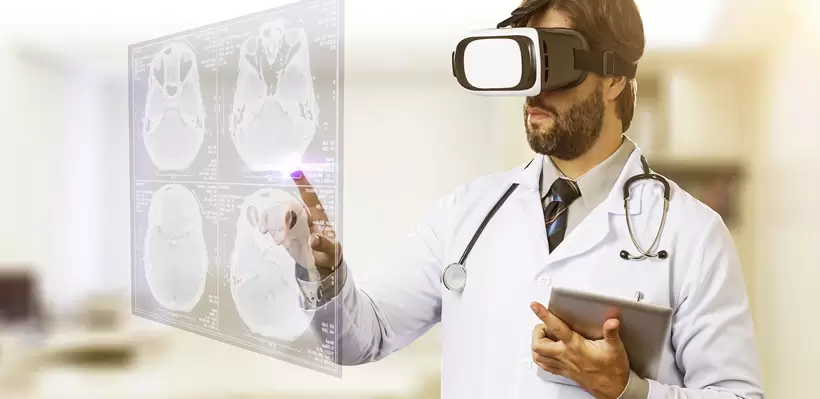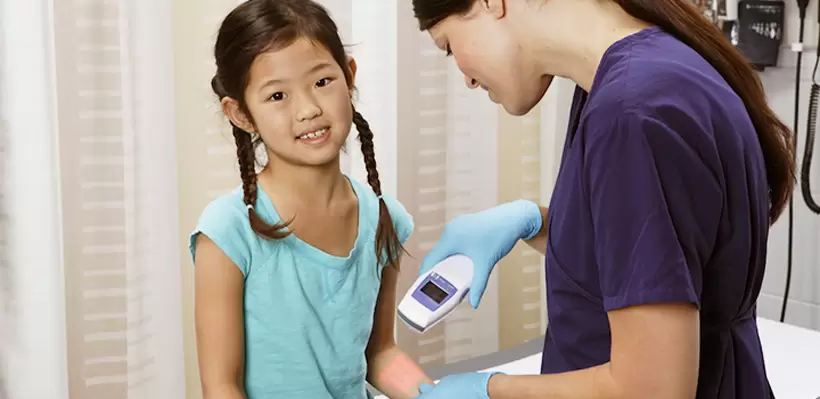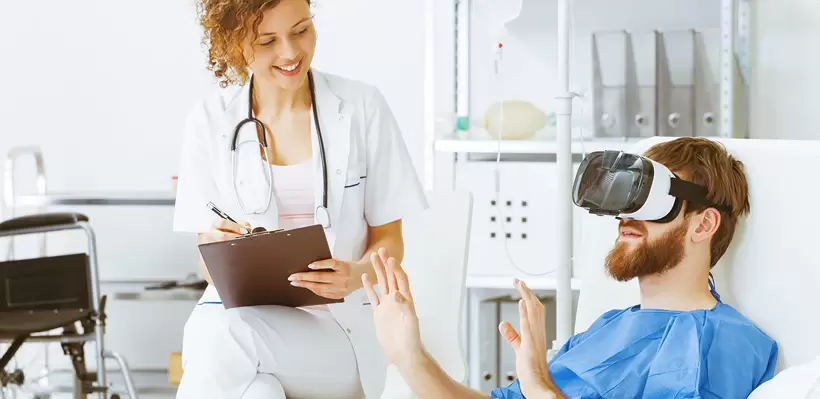


The same Augmented Reality technology behind last year’s worldwide Pokémon Go craze is being used in several areas other than entertainment and gaming, one of which is healthcare. AR is improving the way medicine is practiced through innovative new developments that benefit both patients and providers.
Augmented Reality is different from its cousin Virtual Reality. VR, with the aid of special headgear or goggles, transports the user out of the real world and immerses him or her in a totally digital environment. Augmented Reality overlays sound, graphics, animations or other computer-generated sensory input on a real world background displayed on the screens of smartphones or tablets with the appropriate apps installed.
Augmented Reality is already a valuable resource in medical training in a classroom. Students can study human anatomy in minute detail through digital devices rather than reading from a book. Textbooks can be made a more interesting and valuable learning tool by using AR to make the images come alive. Interns and residents can get close-up views of complex surgical procedures from the surgeon’s perspective rather than reading from a book, listening to a lecture or watching from an operating theater’s observation area.

An example of a recently developed AR medical application that uses AR technology is AccuVein. The handheld device helps doctors or nurses quickly and easily locate veins for the sometimes painful and unpleasant procedures of drawing blood samples or inserting infusion needles. According to AccuVein, the startup company for which the device is named, 40% or more of intravenous insertions miss the mark on the first try. Using the AccuVein device, the healthcare professional scans the patient to see the exact locations of the veins beneath the skin. AccuVein, claims the device, which has been used on more than 10 million patients, makes it 3.5 times more likely to locate a vein on the first attempt than by using the traditional “jab and hope “method.
The Radboud University Nijmegen Medical Centre in The Netherlands recently introduced a new AR app with potentially lifesaving capabilities. Called AED4EU, the app shows the location of the nearest Automatic External Defibrillator, or AED to be used for cardiac-associated emergencies. Using a smartphone or tablet with the Layar Augmented Reality Browser and AED4EU app installed, GPS technology locates and displays directions to the nearest defibrillator that can be used to help heart attack victims until emergency medical assistance arrives. The app may save precious moments while waiting for an ambulance, possibly meaning the difference between life or death.

New applications for AR in medicine are being unveiled almost daily. According to former cardiac surgeon Dr. Toby Cosgrove who is now president and CEO of the prestigious Cleveland Clinic, the combined total amount of medical knowledge doubles every 73 Days, making it extremely difficult for students and practitioners alike to keep up with the latest developments in medicine. Dr. Cosgrove recently announced a partnership between the Clinic and Microsoft to create new methods of teaching patient care to medical students. Using Microsoft’s HoloLens Augmented-Reality technology, students interact with three-dimensional representations of the human body, which helps prepare them for working with actual patients in real-world operating theaters.

Doctors and engineers working together at the University of Maryland’s “Augmentarium” Research Lab have developed a prototype headset that allows a physician to view real-time ultrasound images without having to take their eyes off the tasks at hand to look at a monitor screen. The device uses a Microsoft HoloLens with custom software that lets doctors view images and monitor vital signs while continuing to treat the patient, potentially making surgery safer.
The use of Augmented Reality in medicine is in its infancy, and its future possibilities appear to be limitless. AR has the potential to completely change healthcare and the practice of medicine, helping physicians make more knowledgeable healthcare decisions, leading to a better quality of life for patients under their care.
FEATURED IMAGE: Shutterstock
These technologies will simplify the examination of patients and their treatment. Perhaps the patients themselves will use similar applications in the future
Kati
I read about similar applications for medical students. they can be practiced using controllers and gain experience. before they start working with real patients